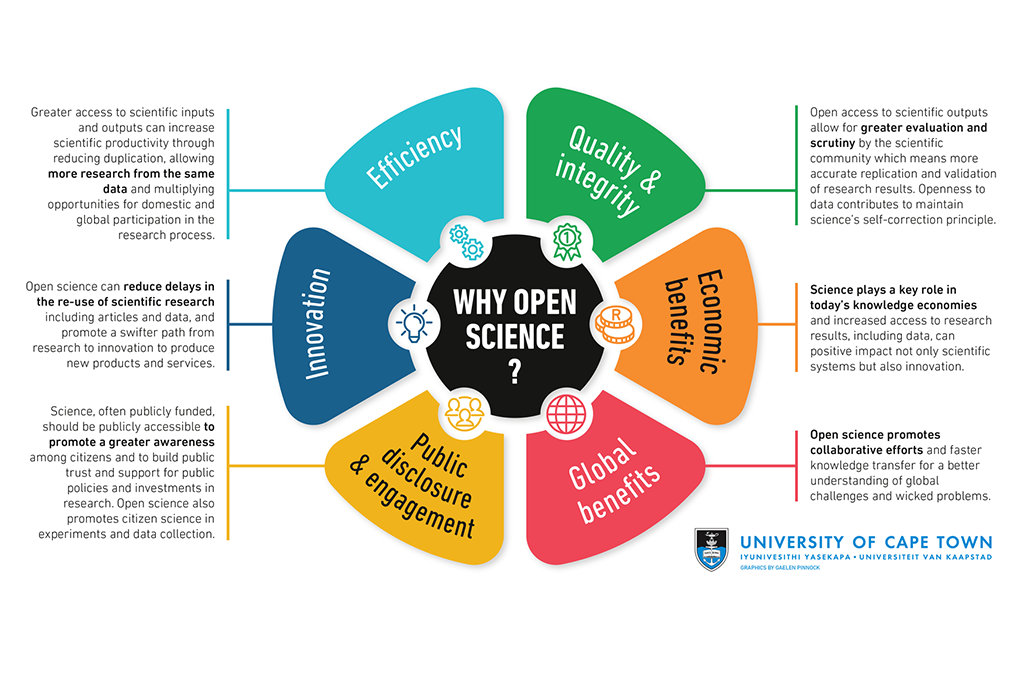Article by the OECD: “…In January 2020, 117 organisations – including journals, funding bodies, and centres for disease prevention – signed a statement titled “Sharing research data and findings relevant to the novel coronavirus outbreak”, committing to provide immediate open access for peer-reviewed publications at least for the duration of the outbreak, to make research findings available via preprint servers, and to share results immediately with the World Health Organization (WHO). This was followed in March by the Public Health Emergency COVID-19 Initiative, launched by 12 countries1 at the level of chief science advisors or equivalent, calling for open access to publications and machine-readable access to data related to COVID-19, which resulted in an even stronger commitment by publishers.
The Open COVID Pledge was launched in April 2020 by an international coalition of scientists, lawyers, and technology companies, and calls on authors to make all intellectual property (IP) under their control available, free of charge, and without encumbrances to help end the COVID-19 pandemic, and reduce the impact of the disease….
Remaining challenges
While clinical, epidemiological and laboratory data about COVID-19 is widely available, including genomic sequencing of the pathogen, a number of challenges remain:
- All data is not sufficiently findable, accessible, interoperable and reusable (FAIR), or not yet FAIR data.
- Sources of data tend to be dispersed, even though many pooling initiatives are under way, curation needs to be operated “on the fly”.
- Providing access to personal health record sharing needs to be readily accessible, pending the patient’s consent. Legislation aimed at fostering interoperability and avoiding information blocking are yet to be passed in many OECD countries. Access across borders is even more difficult under current data protection frameworks in most OECD countries.
- In order to achieve the dual objectives of respecting privacy while ensuring access to machine readable, interoperable and reusable clinical data, the Virus Outbreak Data Network (VODAN) proposes to create FAIR data repositories which could be used by incoming algorithms (virtual machines) to ask specific research questions.
- In addition, many issues arise around the interpretation of data – this can be illustrated by the widely followed epidemiological statistics. Typically, the statistics concern “confirmed cases”, “deaths” and “recoveries”. Each of these items seem to be treated differently in different countries, and are sometimes subject to methodological changes within the same country.
- Specific standards for COVID-19 data therefore need to be established, and this is one of the priorities of the UK COVID-19 Strategy. A working group within Research Data Alliance has been set up to propose such standards at an international level.
- In some cases it could be inferred that the transparency of the statistics may have guided governments to restrict testing in order to limit the number of “confirmed cases” and avoid the rapid rise of numbers. Lower testing rates can in turn reduce the efficiency of quarantine measures, lowering the overall efficiency of combating the disease….(More)”.

